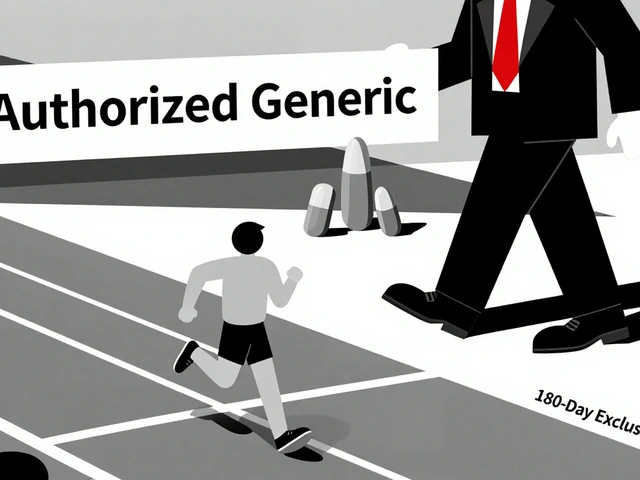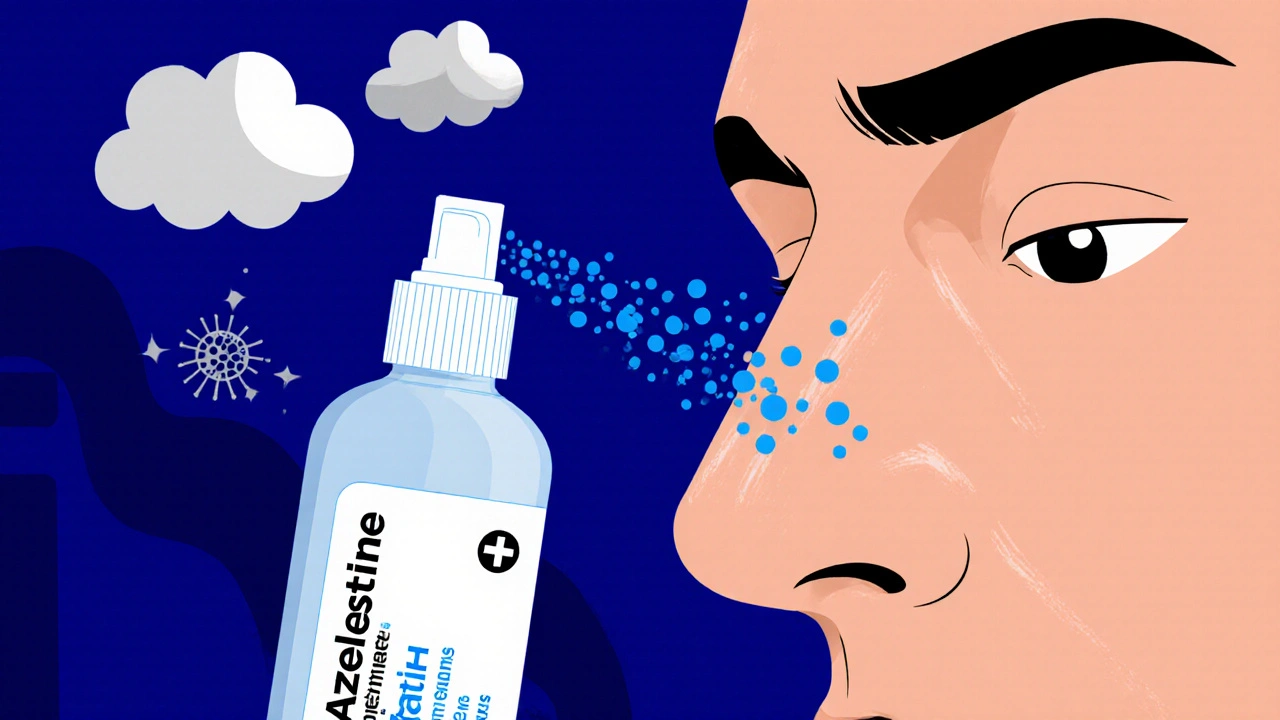Allergy Nasal Spray: What Works, What to Avoid, and How to Use It Right
When your nose won’t stop running, itching, or blocking up because of pollen, dust, or pet dander, an allergy nasal spray, a direct treatment for allergic rhinitis that delivers medication right where symptoms start. Also known as nasal corticosteroid spray, it’s one of the most effective ways to calm inflammation in your nasal passages without pills or side effects that make you drowsy. Unlike oral antihistamines that circulate through your whole body, these sprays target the problem at the source — your nose. That’s why millions of people use them daily, especially during spring and fall when allergies hit hardest.
Not all nasal sprays are the same. The most common are nasal corticosteroids, anti-inflammatory drugs that reduce swelling and mucus over time. Also known as steroid nasal sprays, they include Flonase, Nasacort, and Rhinocort — all available over the counter now. They don’t work right away; you need to use them daily for a few days to weeks before noticing real relief. Then there’s antihistamine nasal spray, a faster-acting option that blocks histamine, the chemical that triggers sneezing and itching. Also known as azelastine spray, it can ease symptoms in under an hour but may cause a bitter taste or drowsiness in some people. And don’t forget saline nasal spray, a simple saltwater rinse that flushes out allergens and keeps nasal passages moist. Also known as non-medicated nasal spray, it’s safe for kids, pregnant women, and anyone using other meds.
People often misuse these sprays. Pointing it straight back isn’t enough — you need to aim it slightly outward, toward the outer wall of your nose, not the center. If you spray too hard or too often, you risk drying out your nose or even causing nosebleeds. And never stop using a steroid spray just because you feel better. Stopping too soon means symptoms come back faster. If you’ve tried everything and still can’t breathe, it might not be allergies at all — it could be a sinus infection, deviated septum, or something else. That’s why checking with a doctor matters, even if you’ve used these sprays for years.
The posts below cover real-world experiences and science-backed tips on managing allergies with nasal sprays — from how they interact with other meds like immunosuppressants, to why some people get dry eyes from long-term use, to how to tell if your spray is even working. You’ll find comparisons between brands, warnings about side effects, and what to do when over-the-counter options aren’t enough. No fluff. No guesses. Just what actually helps.
- By Percival Harrington
- /
- 30 Oct 2025
Compare Astelin (Azelastine) with Alternatives: What Works Best for Allergies?
Compare Astelin (azelastine) with Flonase, Nasacort, Zyrtec, and other allergy nasal sprays to find the best option for your symptoms. Learn about effectiveness, cost, side effects, and when to see a doctor.






